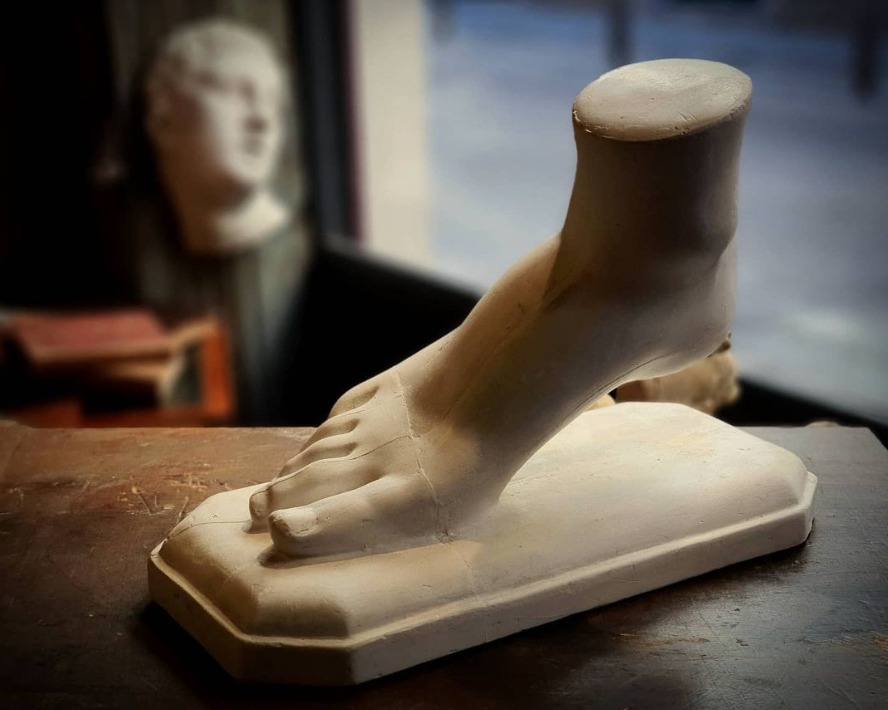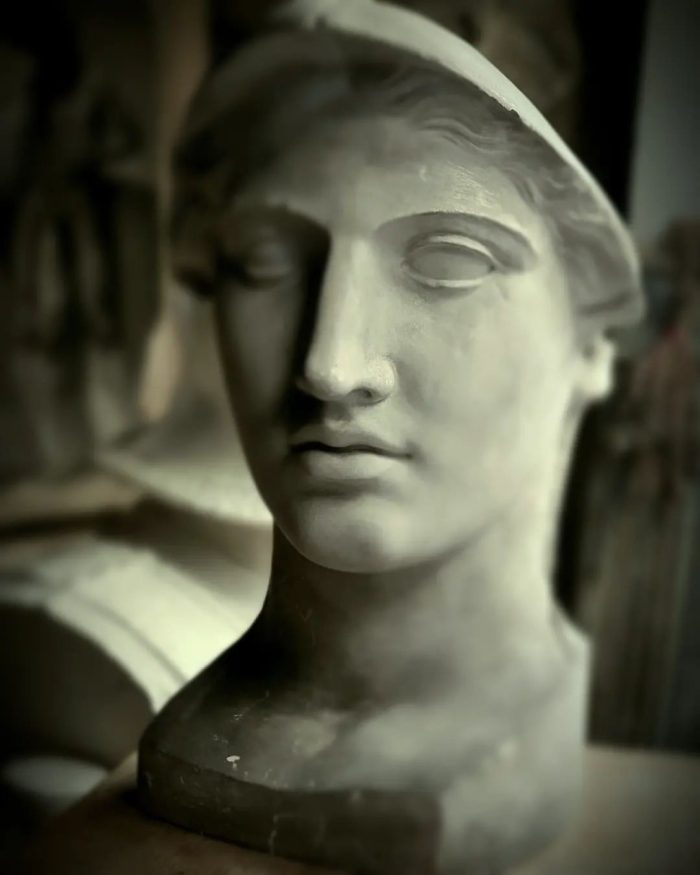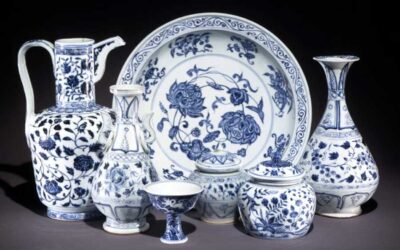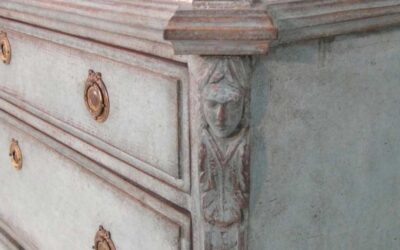What is a sculptor?
A sculptor is an artist who creates three-dimensional sculptures or statues by joining or shaping materials. Traditionally, sculptors often work with hard materials such as stone, marble, glass, metal, wood, or ice, but they can also use clay, plaster, gold, wire, plastic, rubber, fabric, or even paper. This form of art is found all over the world, and some sculptures and statues date back to 10,000 B.C.
How does a modern sculptor make a living?
Modern sculptors may be hired to create a sculpture for a park or the lobby of an office building, or to create a special piece for a museum’s collection or exhibition, for example. Private collectors also often commission and request a particular piece. Sculptors sometimes create a model first, which is a small-scale model or a draft of the sculpture. The model is used to test shapes and ideas and also to visualize without much cost and effort.
The value of original pieces
As with any art, pieces created centuries ago increase in value over time. Especially if they are by recognized artists. The same applies to plaster sculpture. The good thing about this material is that you can find original pieces that are much more affordable and lighter than sculptures made of other heavier materials.

Escultura de escayola de Le Bélier Antiques, en las Nuevas Galerías del Rastro.
What is plaster or gypsum sculpture?
In fine arts, plaster casting is a process for making sculptures, complete pieces, parts of pieces, or reliefs from gypsum by pouring a cast inside a mold. Traditionally, gypsum has been considered as a construction material or as intermediate pieces, that is, as part of the production process for a final work. In fact, plaster works have been little valued throughout history. This has led to many of these works being relegated, at best, to museum storage.
Sometimes plaster pieces have been given away as they were considered modeling for final works.
However, currently, there is a trend towards greater appreciation of this material, ceasing to consider these pieces as models or productive stages, and beginning to understand them as final works, since, even if they were not conceived as such, they are the ones that have come down to us. In many cases, they were never sculpted or cast in other nobler materials, either for economic reasons or a shortage of materials for which they had been conceived. On the other hand, even if there was a final work, in these pieces the author worked directly, becoming a reflection of his production process. They show measuring points, primary work, or direct marks of the tools used by the sculptor, which allow a study from the point of view of its manufacture. As is the case with other arts, the value of an artist’s original sketch has more charm than the final work on occasion. Also, this influence exists in undressed sofas, for example.
The value of an artist’s original sketch has more charm than the final work on occasion.
You can find original plaster sculptures that are increasing in value and are much more affordable than sculptures made of other materials.
Original plaster sculpture in Madrid
Plaster sculpture can be seen in some of the best sculpture museums worldwide. In Spain, the National Sculpture Museum is located in Valladolid. In Madrid, we invite you to visit Antigüedades Le Belier in their gallery at the New Galleries of the Rastro in search of your plaster treasure.
Where to Purchase Plaster Sculptures in Madrid?
From Nuevas Galerías of Madrid’s Rastro, we recommend visiting Le Belier Antiques in their gallery. More information at






0 Comments